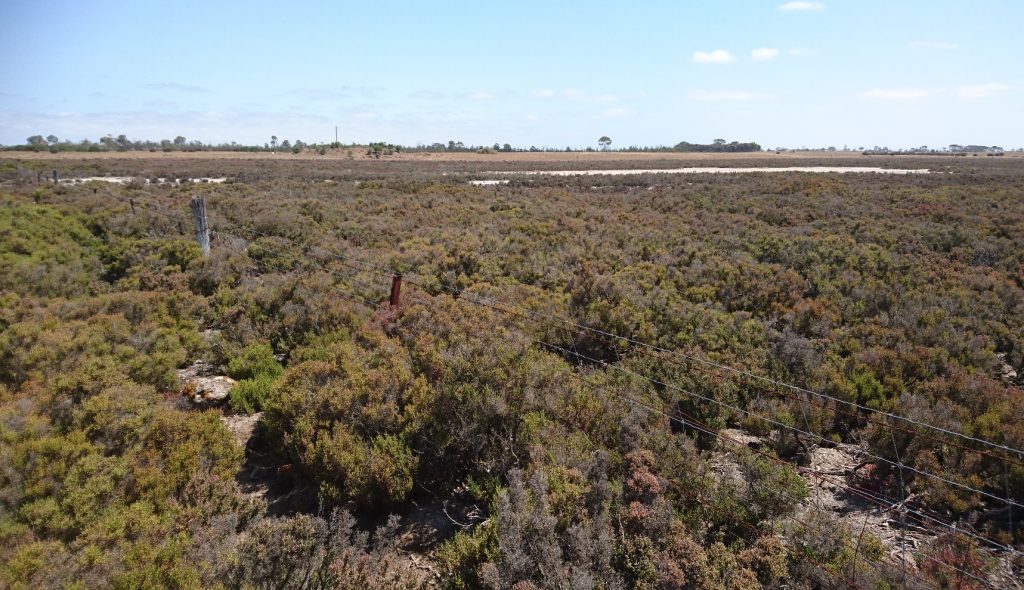Wrapping up a fascinating Eco-hydrological investigation of Big Marsh, Avalon, in The Spit Nature Conservation Reserve
As a follow-up to this blog back in June, it is great to now be able to share with you the finalised report and full findings of NGT’s detailed investigation into Big Marsh – an important area of saltmarsh habitat within The Spit Nature Conservation Reserve, situated on the coast between Geelong and Melbourne. This reserve forms part of the Port Phillip Bay (Western Shoreline) and Bellarine Peninsula Ramsar Site.
The project came about primarily as a result of ongoing concerns that a trend of declining quality of the saltmarsh habitat may be associated with the impact of 29 Mile Road on the hydrology and ecology of Big Marsh.

This area of saltmarsh has long been recognised for its floristic diversity and value as feeding habitat for the Orange-bellied Parrot. Combine this with the fact that saltmarsh is now a threatened ecological community in its own right and the Ramsar status of the wider area, and this is an issue clearly worth a closer look. This is why NGT was invited by the Port Phillip and Westernport Catchment Management Authority to bring a fresh set of eyes and conduct a review of site eco-hydrology.
You’ll have to read the report to find out all the details, but in short, the impact of the road embankment and culverts constricting flows is just one of several issues we explored that are potentially driving the condition of the saltmarsh. Despite the site being of modest size, the hydrological and ecological issues surrounding Big Marsh are complex, have accumulated over time and dynamically interact with each other. This means there are no simple solutions, as the relative impacts of these past changes are now difficult (but we also think not impossible) to disentangle.

The goodwill shown by a wide range of people and organisations – including the main land managers: Parks Victoria, Melbourne Water and other neighbouring landholders – who have an interest in Big Marsh has been tremendous, as we’ve worked cooperatively together to investigate the issues and identify potential options for improving future site condition. A number of steps have now been proposed to begin the process of eco-hydrological recovery.
Having completed this foundational work, we hope to be able to continue working with the Port Phillip and Westernport CMA, other project partners and landholders in the area, to implement those next steps as highlighted in the report. In the meantime, to find out more and dive into all the detail, you can download a pdf copy of the report here, or view it below.

This investigation was commissioned by Port Phillip and Westernport Catchment Management Authority, through funding from the Australian Government’s National Landcare Program.
The Spit NCR - Big Marsh Eco-hydrology - FINAL - 27th September 2020

